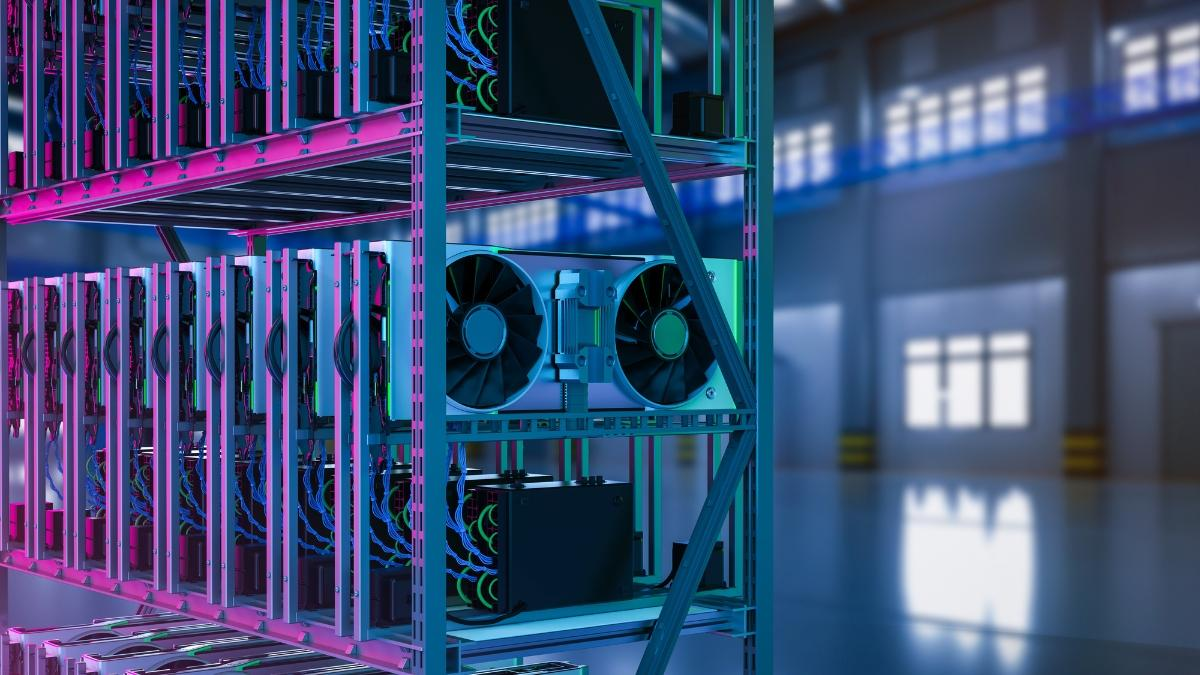The rapid growth of data-intensive workloads such as deep learning, AI modeling, big data processing, and even complex computing like DNA sequencing are placing increasingly demanding requirements on technical infrastructures. To keep up with these evolving needs, it is imperative that businesses and researchers have access to powerful computing resources capable of accelerating their critical tasks. One effective solution for achieving this is by turning to a GPU cloud infrastructure. In this article, we will explore the advantages of using GPU clouds, while also discussing how they can significantly improve data processing capabilities.
Understanding GPU Cloud Infrastructures
Traditionally, most computing workloads were carried out using general-purpose CPUs (Central Processing Units). While powerful, these units are primarily optimized for sequential task execution and tend to struggle with parallel processing applications – a key aspect of many AI or data-focused tasks.
In response to these limitations, GPUs (Graphics Processing Units) were introduced as an alternative. Initially developed to handle complex rendering processes in video game graphics, these advanced processors excel at executing large numbers of calculations simultaneously. As a result, they have become essential tools in areas like AI training and deep learning which require similar high-performance parallel processing capabilities.
While some organizations might choose to invest in an on-premise GPU cluster, this approach can be both costly and difficult to manage: gpu cloud solutions offer an attractive alternative, providing users with access to powerful GPUs hosted within remote data centers alongside traditional CPU resources. This enables them to leverage the vast computational power of cloud-based GPUs without needing to invest in expensive hardware or maintenance costs.
The Benefits of Adopting GPU Cloud Solutions
For businesses and researchers alike, opting for a GPU cloud solution unlocks numerous advantages:
- Faster Data Processing: The parallel processing capabilities of GPUs are exceptional at accelerating machine learning, AI modeling and other computationally intensive tasks, resulting in faster data processing times when compared to traditional CPUs.
- Operational Efficiency: With no physical hardware to maintain, GPU cloud solutions enable organizations to save significantly on capital costs and expenditure, while also streamlining their overall technical infrastructure.
- Scalability: Users can easily scale their GPU resources up or down based on evolving requirements, ensuring a flexible and efficient service that never compromises on performance.
- Accessibility: Thanks to cloud-based deployment, stakeholders can access powerful computing resources from anywhere in the world – permitting seamless collaboration between teams and fostering greater innovation

Applications of GPU Clouds in AI and Deep Learning
The versatility of GPU clouds allows for wide-ranging applications across various industries. However, one area in which these infrastructures have garnered significant attention is AI and deep learning. In addition to their relevance in powering general-purpose compute jobs, they also offer a series of specific advantages for AI and deep learning workflows:
- Reduced Model Training Time: A robust GPU cloud infrastructure can help developers train complex AI and deep learning models more quickly than with traditional CPU resources – enabling rapid iterations and improving time-to-market for new products and services.
- Distributed Workloads: To further accelerate model training processes, developers can distribute workloads across multiple GPUs or even clusters of GPU-equipped servers, leading to significant reductions in overall computation and training time.
- Inference Acceleration: GPU cloud platforms are capable of speeding up the final inference stage of AI workflows too, helping businesses process massive amounts of data and derive actionable insights in real-time.
- Data Processing: In addition to AI and deep learning, GPU clouds can be deployed in a wide range of data-focused applications – helping organizations handle vast volumes of information more quickly and efficiently.
Finding the Right GPU Cloud Solution
Selecting the most appropriate GPU cloud solution for your organization depends largely on your specific requirements, as different platforms may differ in terms of capabilities, scope or pricing models. As a result, users should evaluate potential providers based on key criteria such as:
- Performance: Seek out platforms that are proven to deliver industry-leading performance levels across a range of workloads, including those relevant to your particular use-case(s).
- Flexibility: Ensure that any chosen cloud provider offers the tools, resources and support necessary to scale your infrastructure up or down based on evolving demands – without the need for complex hardware deployments or costly switchovers.
- Integration: Look out for solutions that integrate seamlessly with existing tools and technical resources, ensuring minimal disruption to established workflows and avoiding unnecessary complications during setup.
- Cost-effectiveness: Value for money should always be kept in mind when comparing various services. Opt for offerings characterized by clear, transparent pricing structures and which provide tangible benefits in return for investment.
In conclusion, businesses and researchers looking to supercharge their data processing capabilities while streamlining their operational costs would do well to consider adopting a GPU cloud solution. Spanning industries as diverse as finance, healthcare, gaming, and beyond, these powerful computing infrastructures hold the potential to unlock unprecedented agility, efficiency and adaptability on the path to business success.


